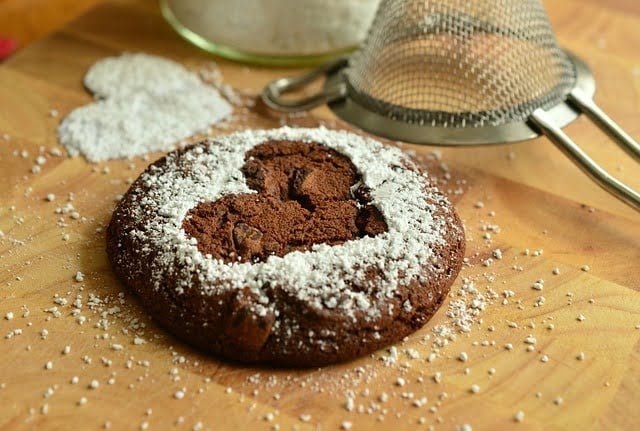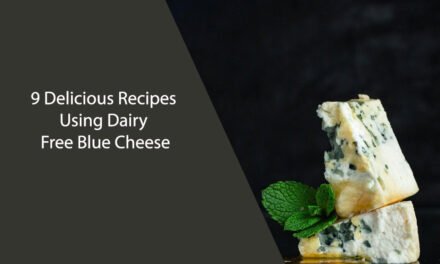
Pastry is a delightful and indulgent realm where flakiness reigns supreme. Whether you’re whipping up a savory quiche or a sweet fruit tart, achieving that perfect, flaky crust can be a true culinary triumph. So, this post will explore the art of pastry-making and share valuable tips and tricks to help you achieve flaky perfection. Plus, it’ll introduce the essential tool – the flan dish, which plays a crucial role in your pastry adventures.
Table of Contents
Choose the Right Flour: The Foundation of Flakiness
The journey to flaky perfection begins with selecting the right flour. So, opt for all-purpose flour with moderate protein content, as it strikes the ideal balance between tenderness and flakiness. High-quality flour sets the stage for your pastry masterpiece.
Keep It Cold: The Chilled Secret
One of the most critical factors in achieving flaky pastry is maintaining cold ingredients. Cold butter, cold water, and even a cold workspace are essential. Cold ingredients help create distinct layers in the dough, resulting in the sought-after flakiness.
The Butter’s Role: The Key to Flakiness
Butter is the star of flaky pastry. When incorporating butter into your dough, make sure it’s cold and cut into small cubes. As the pastry bakes, these buttery morsels create pockets of steam, causing the dough to puff and become flaky.
The Flan Dish: A Pastry Essential
A flan dish is a versatile tool in pastry-making. Its shallow, wide shape is perfect for baking quiches, tarts, and savory pies. Its non-stick surface ensures easy release and effortless cleaning, making it an invaluable companion for flaky perfection.
Don’t Overwork the Dough: Gentle Handling
Pastry dough should be handled with care, as overworking it can lead to toughness rather than flakiness. So, mix the ingredients until combined and avoid excessive kneading or rolling.
Embrace the Folding Technique: Layers of Flakiness
To achieve the signature layers of flaky pastry, embrace the folding technique. Roll out the dough, fold it in thirds, then roll it out again. Repeat this process a few times, and you’ll create multiple layers that separate during baking, resulting in flakiness.
Blind Baking: The Pre-Bake Strategy
For certain pastry recipes, like quiches, blind baking is essential. This involves partially baking the pastry crust before adding the filling. As such, use parchment paper and baking weights to prevent the dough from puffing up. This technique ensures a crispy, flaky base for your creations.
Quality Ingredients: Elevating Flavor and Texture
The quality of your ingredients matters; hence, use fresh, high-quality butter and the finest fillings. Whether you’re making a savory quiche or a sweet fruit tart, premium ingredients enhance flavor and texture, complementing the crust’s flakiness.
Practice Patience: Resting Matters
Resting the dough in the refrigerator is a step you shouldn’t rush. Resting allows the gluten to relax and the fats to solidify, contributing to the dough’s flakiness. So, give it time, and you’ll reap the rewards.
Brush With Love: The Finishing Touch
Before baking, give your pastry a gentle brush with an egg wash. This not only adds a beautiful shine but also helps achieve that golden, flaky crust we all adore.
In conclusion, mastering the art of pastry and achieving flaky perfection is a rewarding culinary journey. From choosing the right flour to keeping ingredients cold, embracing the folding technique, and utilizing the versatile flan dish, each step plays a vital role in creating a delightful and flaky crust. With patience, practice, and a pinch of passion, your pastry creations will be celebrated for their flakiness and unforgettable flavor. So, roll up your sleeves, gather your ingredients, and embark on a pastry adventure that promises to be as satisfying as it is delicious. Flaky perfection awaits at your fingertips!





